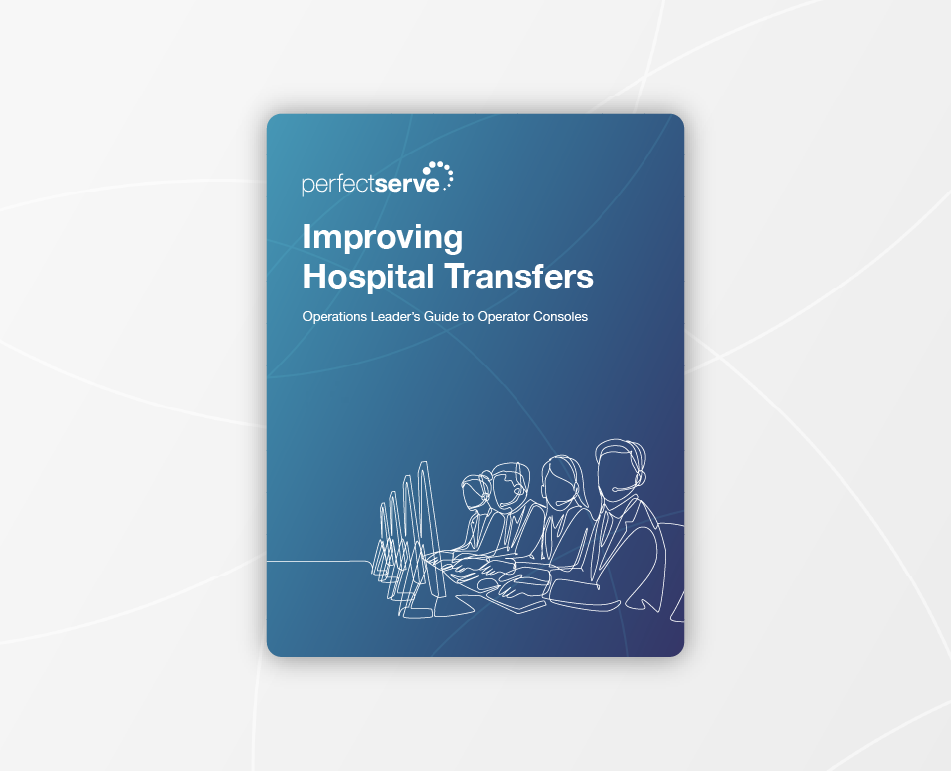Building More Efficient Schedules for Academic Hospitals
TABLE OF CONTENTS
Balance Teaching, Research, and Patient Care
Academic medical centers and teaching hospitals play an important role in the overall health system, but the expanded scope of teaching, research, and patient care means academic hospitals routinely face higher patient care costs than nonteaching hospitals.
Average Inpatient Hospital Cost Per Case1

In such a competitive financial environment, academic healthcare organizations need a more efficient way to manage resources to ensure they can perform their critical social mission. Because labor costs are at an all-time high—likely accounting for up to 60% of hospital operating budgets2—clinical staffing is one of the most critical areas to monitor when it comes to resource management and utilization. Unfortunately, it’s no easy task.
Provider scheduling has proven to be more difficult in an academic setting.
Provider schedules must be able to balance individual departments’ scheduling requirements, organizational standards, provider preferences, and patient demand. Academic healthcare organizations require schedules that can serve as an anchor to operations, factoring in:
- The unique needs of individual departments.
- The overall organization’s objectives and goals.
- Providers’ scheduling preferences.
- Patient demand for certain care services.
- Clinical, teaching, and research responsibilities.
- Training requirements for residents across specialties.
The responsibility of orchestrating academic schedules falls to schedulers, who spend an average of 291 hours annually turning the above laundry list of requirements into provider schedules—often manually, or with little to no automation. Schedulers work hard building on-call lists, calendars, and schedules that meet their organization’s needs, but it’s not always a feasible task. As the hospitalist team at UNC Health, an academic medical center, grew, their scheduler felt that manually scheduling the department’s providers had become nearly impossible.
“The difficulty was we grew very rapidly. It got to where I was spending so many hours creating the schedule, and it had just gotten so complex that it almost became impossible to create. We have to take into consideration providers’ preferences, the many different services that we have. We also have particular services that only some of our providers can cover, such as the procedure service. There are so many different factors that come into play that have to be considered.”
– Administrative Coordinator, Hospitalist Division, UNC Health
Fortunately, UNC Health managed to streamline the scheduling process with Optimized Provider Scheduling powered by Lightning Bolt. Click below to see a video about UNC’s story.
Creating Complex Schedules While Saving Time
An advanced scheduling solution can be instrumental in saving schedulers time as well as creating more effective and efficient schedules. By building out rules that dictate a department’s schedules, schedulers can auto-generate provider schedules and share them globally across their organization to increase schedule visibility and give time back to supporting clinical teams.
“It has allowed me time to do other work besides just scheduling. Scheduling is only a part of what I do.”
– Administrative Coordinator, Hospitalist Division, UNC Health
Uncertain how to find a scheduling platform that meets your organization’s needs? Download our new guide, Choosing an Enterprise Scheduling Solution, for a detailed discussion of how rules-based scheduling works and the capabilities you should expect from a scheduling solution.
Efficiently Utilizing Clinical Staff and Resources
In addition to generating significant time savings, an advanced provider scheduling system can also help healthcare organizations better manage their most important resource: clinical staff. Here are four ways an optimized scheduling solution can eliminate excess, cut costs, and increase revenue:
- Build schedules that take provider productivity into consideration.
- Align provider supply and patient demand to identify and optimize missed revenue opportunities.
- Access analytics across shifts, departments, and locations to guide decision making.
- Reduce turnover by ensuring shift equity with schedule transparency and provider autonomy over their schedules.
Check out our recent blog post to explore how an advanced optimized scheduling solution can streamline operations and drive efficiency for your organization.
Resources:
1. Estimating the Mission-Related Costs of Teaching Hospitals, Project HOPE, Lane Koenig, Allen Dobson, Silver Ho, Jonathan M. Siegel, David Blumenthal, and Joel S. Weissman, Health Affairs—Vol. 22, No. 6—Pages 112-122, November 2003: psnet.ahrq.gov/primer/duty-hours-and-patient-safety
2. Labor Management Trends, Healthcare Financial Management Association, Navigant, Aug. 2018: guidehouse.com/-/media/www/site/insights/healthcare/2018/navigant-hfma-2018-labor-pulse-survey.pdf




